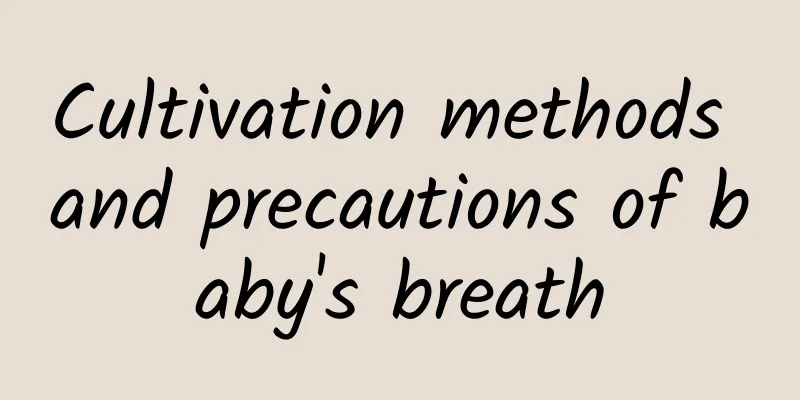The difference between Gloxinia and Hibiscus

1. Morphological differences1 OverallFirst of all, there is a certain difference in plant height between the two. Generally speaking, the height of the Gloxinia plant is only a dozen to several dozen centimeters, while the hibiscus can grow up to five meters, and the shorter ones can be two or three meters. Gloxinia is an herbaceous plant, while hibiscus is a deciduous shrub and small tree. 2. DetailsBoth of them have fluff on their bodies, but if you look closely, it is not difficult to find that the difference between the two is very obvious. The fluff of Gloxinia is all over the branches, and it is white. On the hibiscus, only a few parts have hair, such as small branches and petioles, which generally appear as star-shaped hairs or straight hairs. 3. FlowersThe colors of the flowers are also different. The common varieties of Gloxinia flowers are pink, red, purple-blue, white and complex colors. They are large, colorful and beautiful. The hibiscus flowers are white or light pink when they first bloom, and then turn into dark red, which is relatively easy to distinguish. 2. Differences in growth habitsGloxinia is afraid of both low temperatures and high temperatures. If the temperature is too low in winter, especially when the temperature drops to five degrees Celsius, it will stop growing and go into dormancy. If the temperature is too high in the summer, reaching above 30 degrees Celsius, it will enter a dormant state. Hibiscus, on the other hand, has lower climate requirements, and as a plant grown in the courtyard, it is not afraid of light. It blooms in late autumn. Although the frost is heavy and the temperature is low, it remains unyielding. Therefore, ancient poets gave it a beautiful name, called "frost-resistant flower", to praise its frost-resistant character. 3. Value DifferenceThe leaves of Gloxinia are emerald green, the flowers are bright and the flowering period is long. It is very suitable as a decoration and can be placed indoors or in warm windowsills to beautify the home environment. In addition to being grown as an ornamental garden plant, hibiscus also has great medicinal value. Its roots, flowers, and leaves are all medicinal materials that can clear the lungs, cool the blood, dissipate heat, and have a detoxifying effect. In addition, the bark of the hibiscus tree was also a very good fiber in the past. People used it to make ropes and even to weave cloth. |
<<: Cultivation methods and precautions of yellow crane orchid
Recommend
If the stem of lucky bamboo in water suddenly turns yellow, don't panic, it will turn green in one step
1. Causes of yellowing 1. Poor water quality: The...
The breeding methods and precautions of Ping Pong Lady
1. Temperature The most suitable temperature for ...
Does Hibiscus prefer shade or sun?
Does Hibiscus prefer shade or sun? Hibiscus is ea...
How to use the nutrient solution for lucky bamboo? The correct way to use the special nutrient solution
When summer turns to autumn, it is the period of ...
Difference Between Daffodil and Hyacinth
1. Different rhizomes The rhizome of daffodils is...
How long does it take for transplanted blueberry seedlings to acclimate?
In the process of planting blueberry seedlings , ...
Is lettuce a photosensitive food? How to clean it?
1. Is it a photosensitive food? Lettuce, also kno...
Is it better to use a tall pot or a short pot for white jasmine? Which pot is better for planting
The roots of the white magnolia potted plant are ...
What fertilizer should be used to fertilize the Areca palm to make it grow faster? Urea and compound fertilizer will grow better.
Areca palm has a relatively high demand for ferti...
The difference between duckweed and green chrysanthemum
the difference Both duckweed and green chrysanthe...
How much does it cost to grow one acre of red pine mushrooms (investment cost and profit of growing one acre of red pine mushrooms)
Red pine mushroom, scientifically known as Agaric...
Trout Begonia Breeding Methods and Precautions
The maintenance difficulty of trout begonia is re...
What flowers are good for the living room and easy to grow?
1. Lucky Bamboo As the name suggests, lucky bambo...
Cutting techniques for Begonia
Tips for cuttings of Rieger Begonia Time for cutt...
How to make the money tree survive by cuttings?
The money tree , with its elegant appearance and ...









